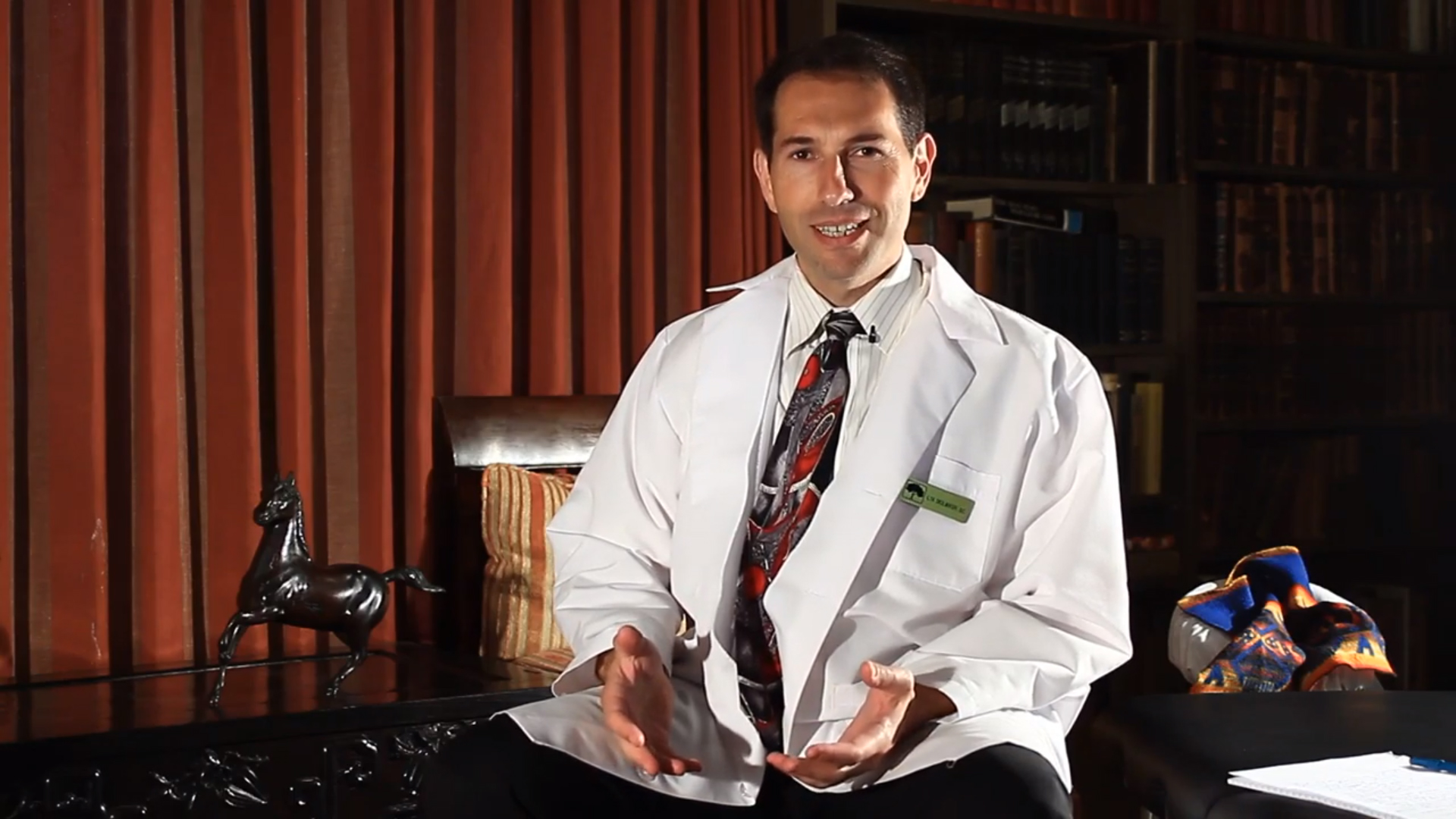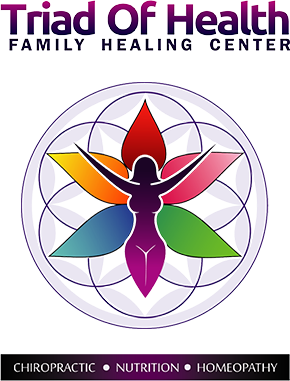Regarding Digestion:
When thinking about digestion, most people think about the balance between good bacteria in the gut and bad bacteria. This is important. It is true, if there is too much of a certain bacteria and too little of certain other bacteria then this is called Dysbiosis. Dysbiosis is an unhealthy environment (chemistry) of the gut. One of the main things that causes dysbiosis is an over burdened and over taxed liver and gallbladder. Poisons and toxins accumulate in the liver and gallbladder and when they do they lead to poor digestion. It is very difficult to digest protein if you are deficient in zinc because you are under a great deal of stress and unable to metabolize stomach acid because you are missing the zinc necessary to do so.
It definitely matters whether there is a good balance of bacteria in the gut or not. But what matters even more than a healthy gut flora is how any imbalance got there, hot to get rid of any type of imbalance in gut flora and how to keep the imbalance from coming back. The CAUSE of such an imbalance matters a lot.
10% of digestion takes place in the Cephalic Stage of digestion. The salivary glands provide both serous (ptyalin, lysozyme and sodium) and mucous (mucin) to disinfect and lubricate the food boulus as well as to initiate starch digestion(polysaccharide to disaccharide – maltose). The salivary glands which provide approximately 1.5 Liters of saliva per day, may be divided into the parotids (25%), submandibular (70%) and sublingual (5%). The parotid glands de-iodinate the food and tag the food so the body knows what to do with it. Interestingly, certain muscles are related to the different salivary glands
Vastus Lateralis of the lateral portion of the thigh = submandibular
Triceps = sublingual
Articularis cubiti (a muscle in the elbow) = Parotid
The tongue must get the food you chew to stay in between your teeth so that you are able to chew it.
The most common nutritional deficiency in the United States is a zinc deficiency. Zinc is one of the most important nutrients needed for healthy liver function. You are not able to make stomach acid without zinc. A person is not able to taste or smell without zinc. Zinc is responsible for over 250 physiological functions in the body. Therefore, a zinc deficiency is a big deal. Many people will overly salt their food and put a lot of spices on their food because they are deficient in zinc.
Many people who develop a variety of diseases due so due to nutritional deficiencies. For example, a protein deficiency can allow for herpes outbreaks. The stomach is almost always involved with people who have herpes or HPV or other viral outbreaks.
Teeth
The Incisors are used for Cutting down the food.
The canines are used for tearing into the food – particularly meat.
The premolars are designed for crushing the food – particularly vegetables.
The Molars are made for grinding the food.
Chewing is a crucial part of digestion. Most of the chewing process is regularted bia a chewing reflex
The Cephalic Phase of digestion also includes swallowing (the main part of the body involved in swallowing is the esophagus. To summarize, we first think about the food, then we develop the different salivary substances needed to break down the food in the mouth with chewing, and then finally, we swallow the food.
80% of digestion takes place in the Stomach. This is called the Gastric Phase of digestion.
Most of the chewing process is regulated via a chewing reflex. This is innervated by the brainstem, hypothalamus, amygdala, cerebral cortex, and the trigeminal nerve (motor branch). A food bolus in the mouth inhibits the closing muscles of the temporomandibular joint (TMJ), the mandible drops, initiating a stretch that causes the jaw muscles to contract witch raises the mandible, which stimulates the tactile receptors and thus inhibits the closing TMJ muscles once again; this is repeated over and over again. Chewing of food is extremely important for digestion of all foods (especially fruits and vegetables). Remember that digestive enzymes act only on the surface of food particles. Royal Lee was the first to recommend that food supplements should be chewed thoroughly.
The first thing to look at with TMJ function is the motion of the TMJ and wither it is deviating to the right or left or is functioning normally. Normal opening Range Of Motion is 3 knuckles of the non-dominant hand. The jaw will always deviate on wide opening to the weak external (inferior division) pterygoid side. Motion of the TMJ includes rotation with translation. This is sort of like a pully system that you might see painters using on the side of a building — or a better description would be to describe it as a gear train mechanism. Palpation (physically touching and feeling) of the TMJ should be smooth and symmetrical bilaterally. At rest, with the subject sitting or standing upright gazing at the horizon, there should be no EMG activity in the TMJ musculature. On closing, a simultaneous contact should occur all at once between the opposing teeth. Jenkelson calls this the myocentric position. Thirty-five to forty percent of all the motor and sensory nerves of the body are related to the TMJ according to Penfield and Rasmussen.
The strongest muscles in the body per square inch are the master muscles — the main muscles used for chewing. Needless to say, chewing is very important.
Bony developments in the jaw bones or in the tissue surrounding the jaw may be due to excessive fluoride intake. (They put flouride in the water and it does not belong there.) Flouride is more toxic than lead.
Applied Kinesiology may be used to help diagnose and treat imbalances in the TMJ muscles. Furthermore, Applied Kinesiology may also be used to treat a condition known as “neurologic tooth”. Neurologic tooth is describing when certain teeth are partially out of alignment but do not necessarily need to be pulled and they have not been dislocated. The indicated teeth are just slightly out of alignment and may be realigned using the Applied Kinesiology procedures. Because each tooth is related to a different organ and/or gland in the body, providing conservative therapies to the teeth and jaw can have a dramatic healing impact on a person’s health. There are countless Applied Kinesiology therapies that can provide healing to the teeth and jaw.
In these videos below you can hear directly from San Rafael Chiropractor and Applied Kinesiologist, female hormone and thyroid expert Dr. Ilya Skolnikoff, DC, DIBAK and a few of his patients. Enjoy:


